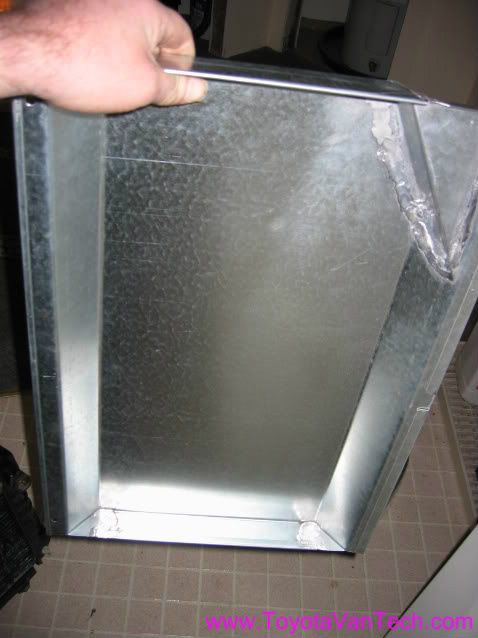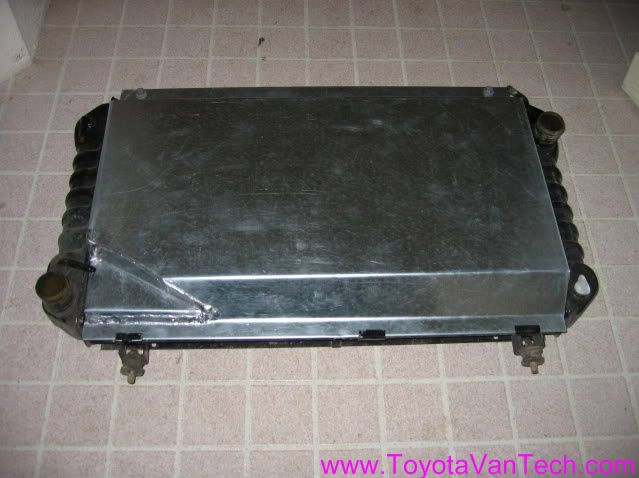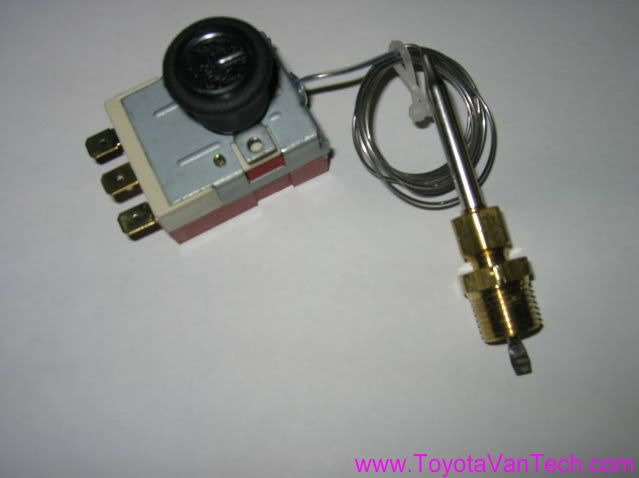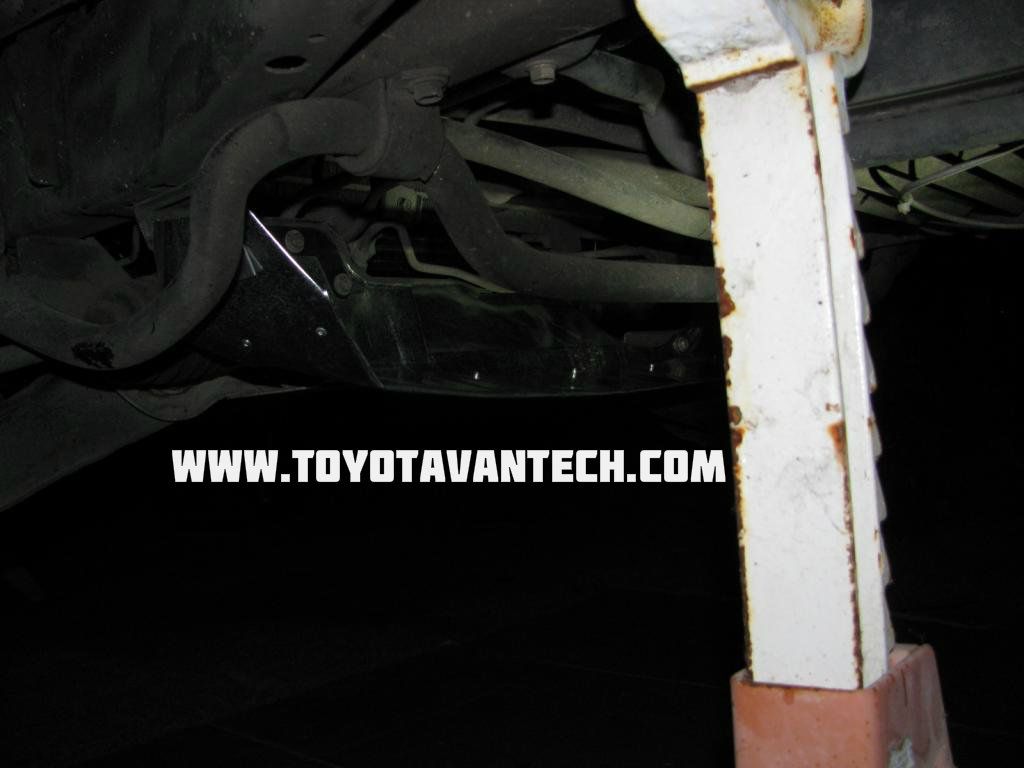So I drove home from work last night (10 miles), got home turned the van off and went into the house to get ready to take the girlfriend to dinner....20 minutes or so).... As we get in the car and start it up, it would crank, start and then die. So, I start it and give it some gas and hold steady at 2-3k...... then it was ok.
What does that sound like it could be? I just took it to a mechanic friend of mine to go through it and it checked out great. Curious if it's the hot soak problem ive heard about and if so what is that and how do i cure it?
P.S. this is the first time it has happened.





 Reply With Quote
Reply With Quote



 . Heat soak is hard on your starter and embarrassing when witnessed by others......other than that it's just a nuisance. Over time, the excessive heat in the engine compartment will harden rubber and plastic parts. Tim
. Heat soak is hard on your starter and embarrassing when witnessed by others......other than that it's just a nuisance. Over time, the excessive heat in the engine compartment will harden rubber and plastic parts. Tim













 .
.

 (before I realized what was happening and turned on the manual override switch). The 1st time it happened I thought it was a fluke, but the 2nd time really annoyed me so I replaced with a
(before I realized what was happening and turned on the manual override switch). The 1st time it happened I thought it was a fluke, but the 2nd time really annoyed me so I replaced with a 










